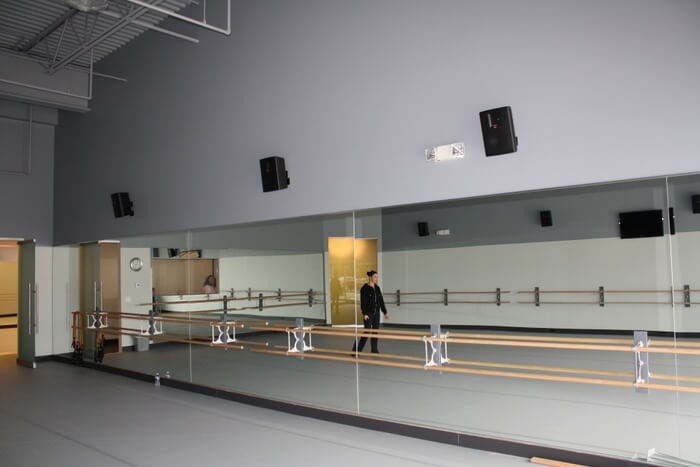Integrating Traditional Systems utilizing Cutting-Edge Sound Networking Technologies to achieve Enhanced Efficiency as well as Adaptability.
Integrating Traditional Systems utilizing Cutting-Edge Sound Networking Technologies to achieve Enhanced Efficiency as well as Adaptability.
Blog Article
Within the current fast-paced landscape of sound technologies, the need to enhance efficiency and flexibility in sound solutions is more important than ever. Many organizations and venues still rely on outdated systems, which are older solutions that may not have the features of modern equipment. However, integrating these outdated systems with state-of-the-art audio networking solutions can lead to significant improvements. Sound communication enables for better interconnectivity between devices, making it easier to manage and manage audio throughout various spaces.
One of the primary benefits of combining legacy technologies with modern audio communication is increased adaptability. Conventional audio technologies often require complex cabling and limited pathway choices. With audio communication solutions like Dante or AVB, audio transmissions can be sent over conventional Ethernet connections. This means that operators can easily link various devices without the requirement for extensive reconfiguration. Whether within a performance hall, a educational theater, or a corporate event, this adaptability allows for rapid adjustments and changes to the sound configuration without major downtime.
Quality is a further major element that improves when older technologies are modernized with current communication technologies. Legacy technologies may have difficulty to deliver superior sound, especially in larger spaces or in complex occasions. By implementing sound networking, entities can leverage of advanced capabilities such as minimal latency, timing, and electronic signal processing. These improvements help guarantee that audio is clear and consistent, improving the complete experience for listeners and artists alike. This shift can make a noticeable difference in the way audio is perceived in different settings.
Additionally, harmonizing legacy technologies with contemporary technologies can lead to cost benefits in the extended run. Although modernizing to new equipment may require an upfront cost, the efficiency gained through audio communication can lower upkeep costs and minimize the requirement for continuous repairs. Additionally, connected technologies often need less physical space than conventional installations, which can reduce on real estate expenses in venues. Entities can distribute funds better effectively, using the money they retain to allocate resources in additional critical areas.
Finally, educating staff on the method to operate integrated technologies becomes easier with audio networking. Numerous modern audio communication systems come with user-friendly controls and distant control features. This indicates that including those who may not extensive technological expertise can learn to operate and control the audio systems effectively. Educational programs can be designed focused on these technologies, enabling personnel to maintain and diagnose technologies with confidence. By combining the old with the new, entities can create a more capable and skilled workforce, ultimately leading Click Here to better sound outcomes for everyone involved.